Classification of Hormones Based on Structure
Hormones are chemical messengers, but they differ in chemical structure. That’s why they are classified into three main types as peptides (consisting amino acids), steroids (consisting cholestrol), and some other amino acid derivatives.
Types of Hormones
There are three types of hormones based on their structure and composition.
1. Amine Hormones
Amine hormones are a class of hormones that are made from amino acids. Amino acids are the building blocks of proteins. When our bodies break down amino acids, they can create amine hormones.
There are two main types of amine hormones:
- Melatonin that helps regulate sleep. It is produced by the pineal gland, which is a small gland in the brain.
- Thyroid hormones that help regulate metabolism. They are produced by the thyroid gland, which is a small gland in the neck.
Amine hormones are involved in different functions, like:
- Regulation of sleep
- Regulation of metabolism
- Controlling growth and development
- Influencing mood and behavior
Examples Of Amine Hormones
- Epinephrine
- Norepinephrine
- Dopamine
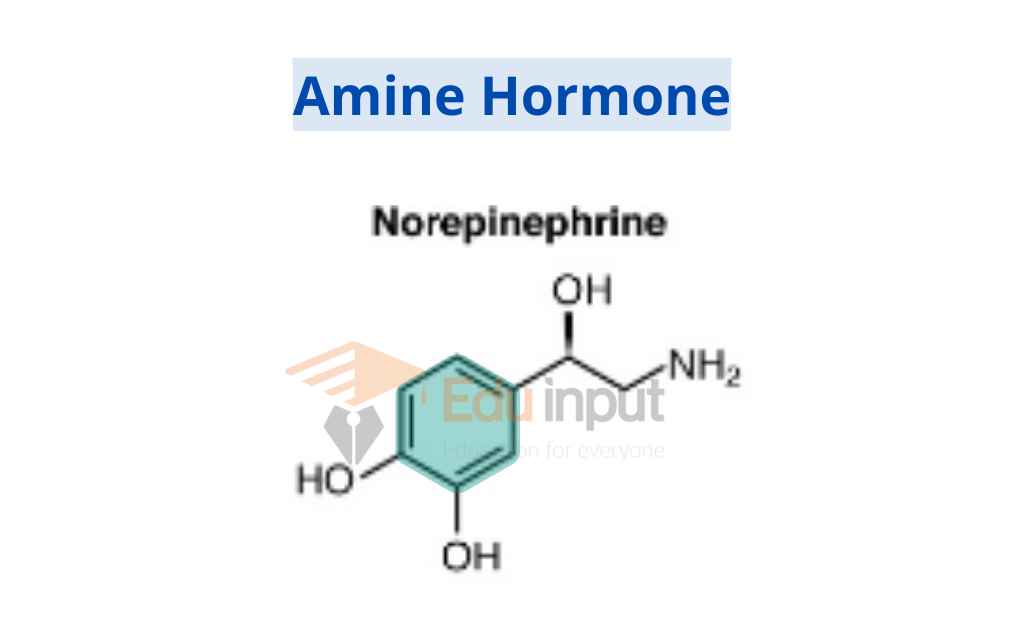
2. Peptide Hormones
Peptide hormones are a class of hormones that are made up of amino acids. Peptide hormones are produced when genes in the body are transcribed and translated.
Peptide hormones are typically small molecules that can be easily transported through the bloodstream. The effects of peptide hormones can be short-term or long-term.
There are many different types of peptide hormones, each with its own unique function. Some of the most common peptide hormones include:
- Insulin that helps regulate blood sugar levels.
- Glucagon that helps raise blood sugar levels.
- Growth hormone that helps control growth and development.
- Thyroid-stimulating hormone that helps regulate the activity of the thyroid gland.
- Antidiuretic hormone that helps control water balance in the body.
Peptide hormones are involved in:
- Regulating metabolism
- Controlling growth and development
- Maintaining homeostasis
- Influencing mood and behavior
Examples Of Peptide Hormones
- Corticotropin
- Gonadotropin
- Follicle-Stimulating Hormone
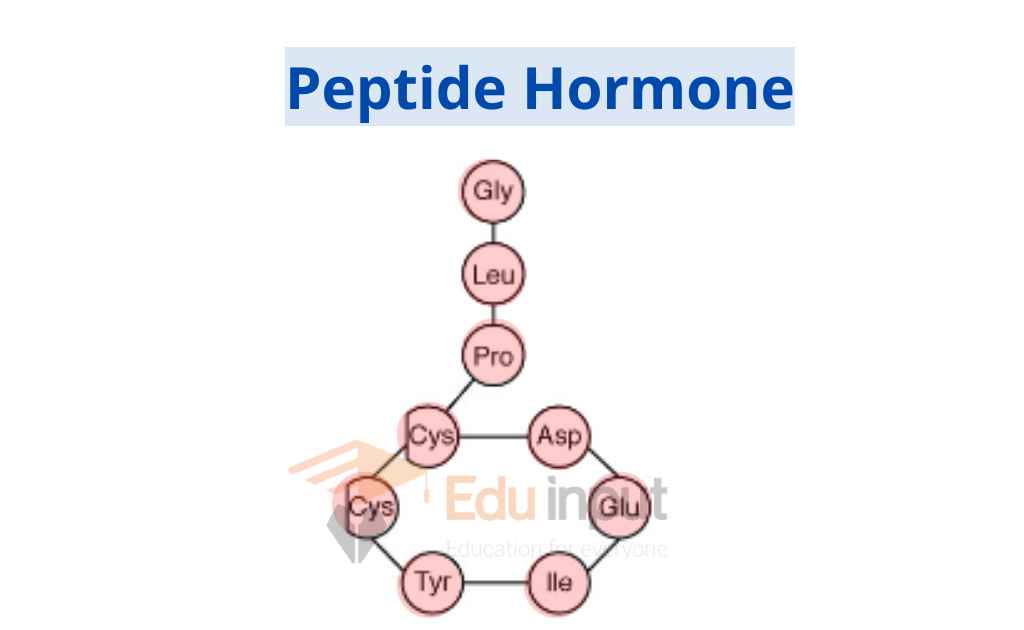
3. Steroid Hormones
Steroid hormones are hormones that are derived from cholesterol. Cholesterol is a type of lipids found in all cells in body. Steroid hormones are produced by the gonads (ovaries and testes), adrenal glands, and placenta.
Some of the most common steroid hormones are:
- Testosterone that is produced by the testes in males. It is responsible for male sex characteristics, such as facial hair and muscle growth.
- Estrogen that is produced by the ovaries in females. It is responsible for female sex characteristics, such as breast development and menstruation.
- Cortisol that is produced by the adrenal glands. It helps the body to respond to stress.
- Aldosterone that is produced by the adrenal glands. It helps to regulate blood pressure and fluid balance.
Steroid hormones play an important role in:
- Regulating metabolism
- Controlling growth and development
- Maintaining homeostasis
- Influencing mood and behavior
Examples Of Steroid Hormones
Some examples of steroid hormones include Eicosanoids, Bile Acids, Sterols, and Vitamin D.
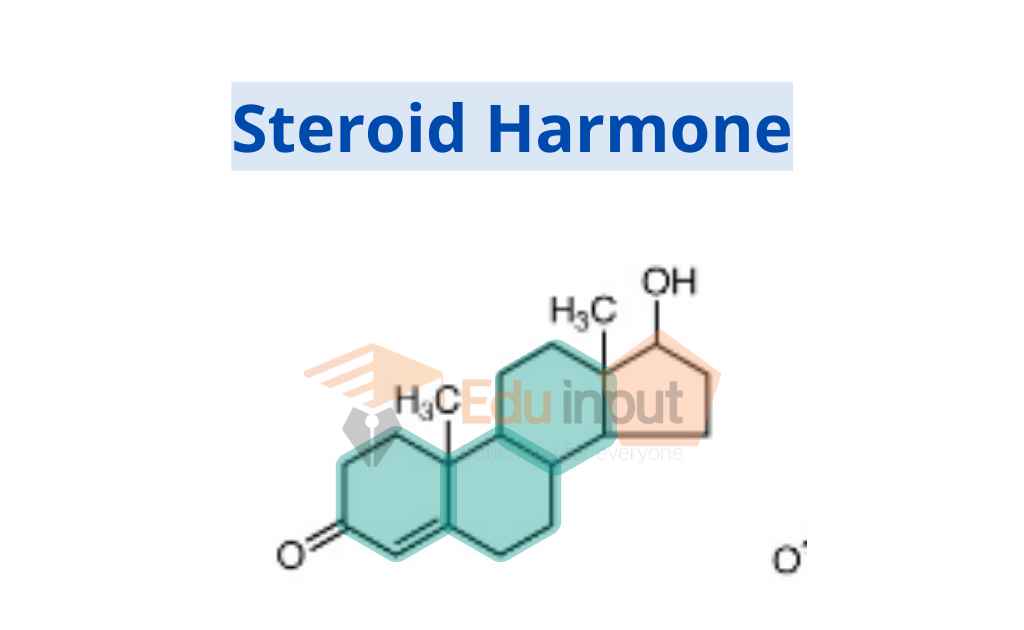
FAQs
which chemical classification of hormones is derived from cholesterol?
The chemical classification of hormones that are derived from cholesterol is steroid hormones.
How are amine hormones transported?
Amine hormones are transported in the blood bound to carrier proteins.
This is because amine hormones are not soluble in water, which is the main component of blood.
Why amine hormones need a second messenger?
Amine hormones need a second messenger because they are not able to directly activate the target cell’s DNA.
Instead, they bind to receptors on the cell surface, which triggers a cascade of reactions that ultimately leads to the activation of the cell’s DNA.
Why are receptors for steroid hormones located inside
Receptors for steroid hormones are located inside the cell because steroid hormones are hydrophobic, meaning they are not soluble in water.
Water is the main component of the extracellular fluid, so steroid hormones cannot dissolve in it and travel through the bloodstream to their target cells.

 written by
written by 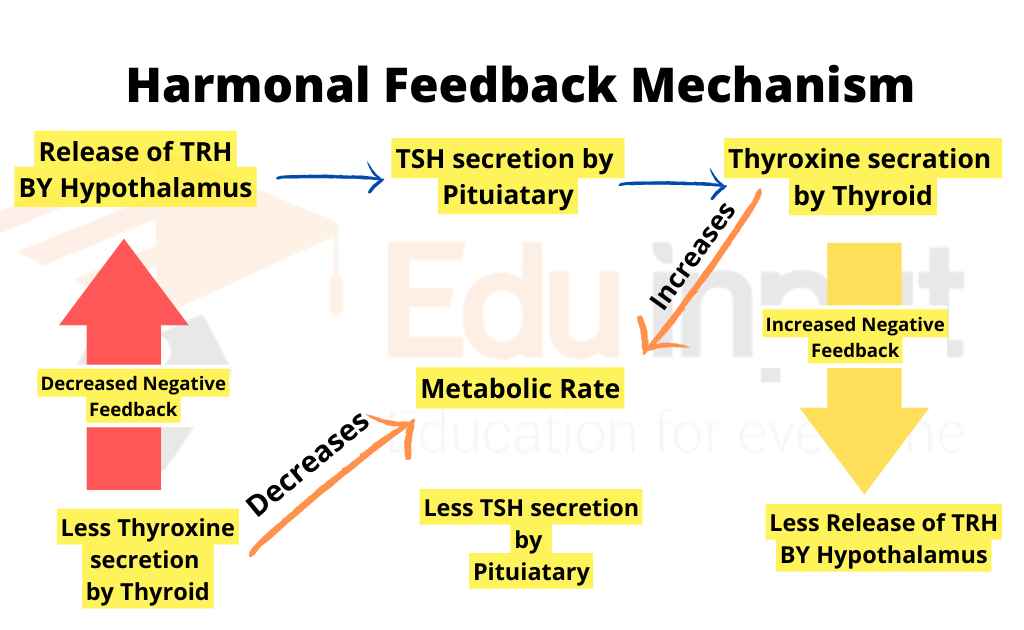

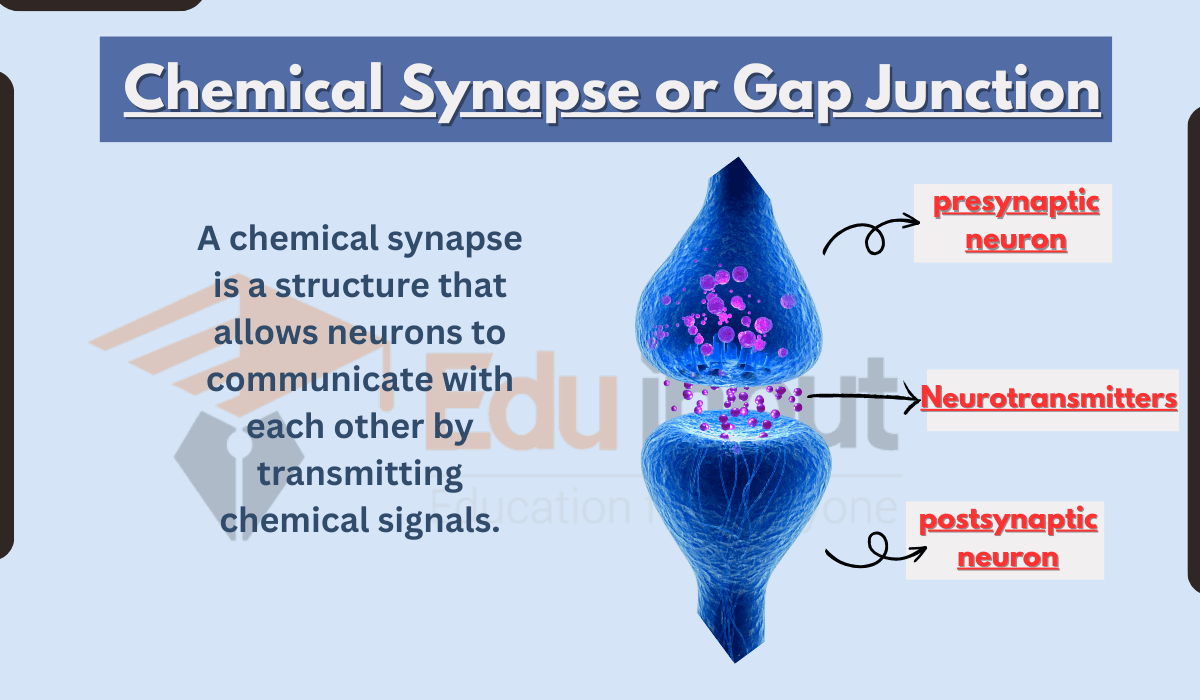
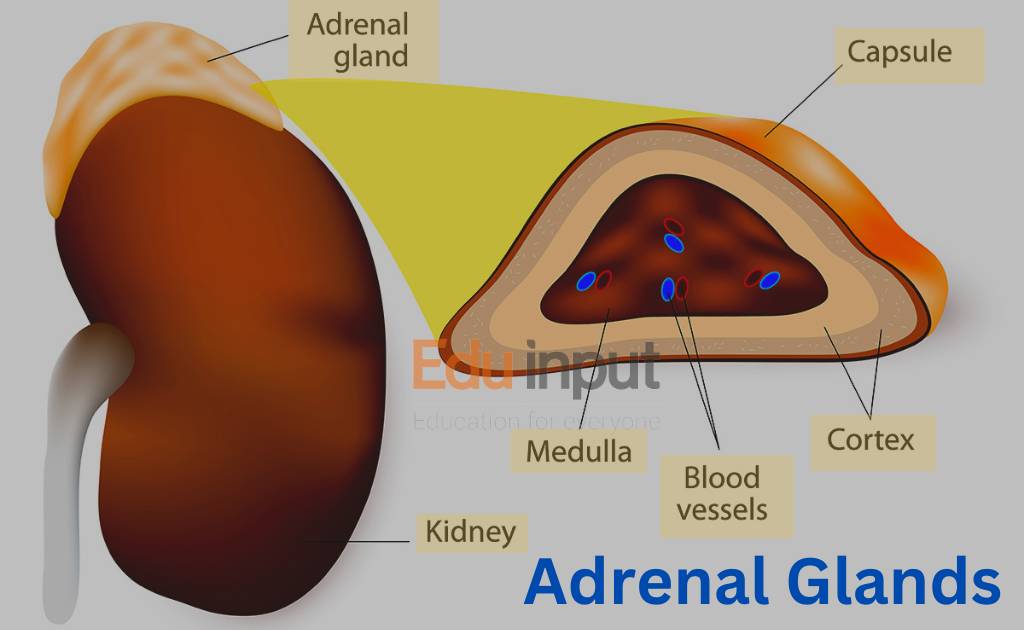

Leave a Reply